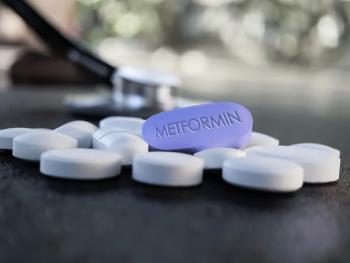
Hand Hygiene and the Hawthorne Effect
If someone is watching, clinicians will wash their hands. But what happens when big brother isn’t there?
If someone is watching, clinicians will wash their hands. But what happens when big brother isn’t there?
Pertinent Points
- Hand hygiene is three times higher among health care workers when they think someone is watching.
- A Canadian study found that hand washing diminished significantly when auditors were not visible.
Researchers in Canada found health care workers were three times more likely to clean their hands when auditors were visible, as opposed to when no auditor was present. The finding suggests that publicly reported hospital hand hygiene compliance rates are likely not accurate, the authors concluded. The findings appear online in the
"The magnitude of what we found calls into question the accuracy of directly observed hand hygiene rates and the usefulness of measuring and reporting them," said senior author Michael Gardam, MD, Director, Infection Prevention and Control, University Health Network and Women's College Hospital, Toronto. "That said, human auditing of hand hygiene has been helpful to draw attention to this important preventative measure-we just can't stop focusing on it because our posted rates are not nearly as high as we think they are."
For the study, researchers used unidentified auditors in white lab coats along with soap dispensers that transmitted a signal each time the levers were pushed.
When an auditor was around, the study recorded 3.75 hand washes per hour, but when no one was visible the hourly rate dropped to 1.48 hand washes. Even more telling was when the researchers went back and looked at the hand washing rates the week prior to the auditors making their appearance. For that period, the soap dispenser data showed the rate was just 1.07 per hour.
The Hawthorne effect, or the tendency to change behavior when someone is aware of an observer, was perfectly demonstrated in this study, the authors concluded. They suggest, however, that more research is needed to understand the magnitude and duration of the effect on hand hygiene.
In the meantime: Wash your hands as if someone is watching. Gardam suggested in a news release that staff need to come up with ways to support the effort and highlighted the use of public unit reporting, pledges, and posters as ways to hold each other accountable.
Newsletter
Get the latest clinical updates, case studies, and expert commentary in obstetric and gynecologic care. Sign up now to stay informed.










